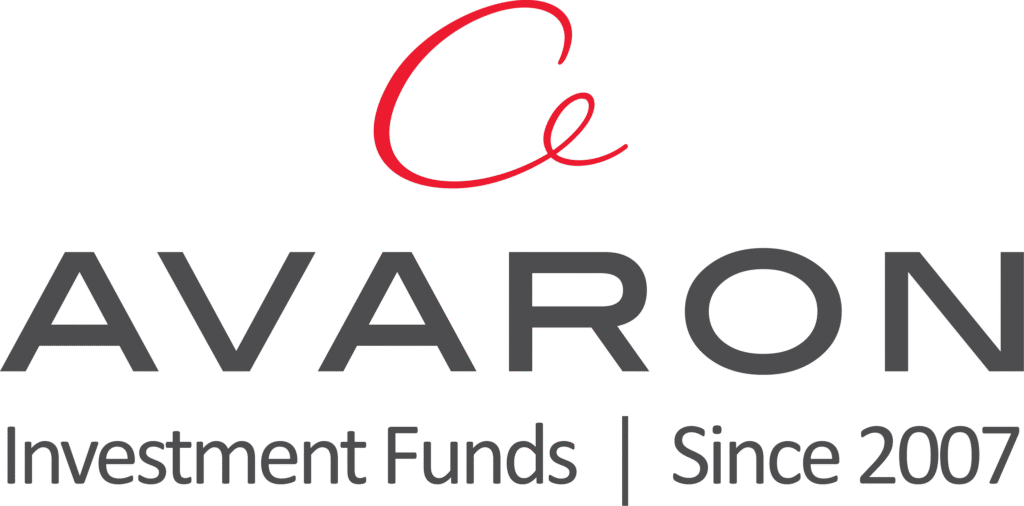Poland – Surprise Tax on Banks
Stock Market Hit by Tax Shock
The broad WIG index hit an all-time high in mid-August before tumbling roughly 7% by the end of the month. The sell-off was triggered by a surprise government proposal to increase the corporate income tax rate on banks to 30% in 2026, from the current 19%, to combat a ballooning budget deficit.
Government Budget and Fiscal Pressures
According to the Finance Ministry’s proposal, the rate would be lowered to 26% in 2027 and further to 23% in subsequent years. Alongside, the government unveiled the draft 2026 budget and a revised outlook for 2025 that now projects a 2025 deficit of 6.9% of GDP, significantly overshooting the earlier 5.5% target. Even in 2026, the gap is expected to improve only marginally to 6.5% of GDP.
Military Spending and Fiscal Strain
Heavy spending on defence and security is a top priority given the war in neighbouring Ukraine. Prime Minister Tusk defended the high military outlays (4.8% of GDP) in 2026 stating that “we can’t defend the Polish border with a small deficit” in the current geopolitical climate. Elevated interest costs on public debt that has climbed to 55% of GDP and generous social programs also contribute to fiscal strain. The result is that Poland’s deficit is second only to Romania’s (over 8% in 2025) in the EU.
Inflation Eases Back Within Target
In contrast to the fiscal problems, Poland’s macro-economic data in August offered some positive news. Inflation has been rapidly cooling from the double-digit highs of 2022–23. A flash estimate showed that consumer prices rose 2.8% yoy in August, surprising slightly on the downside and decelerating from 3.1% in July. This puts inflation back within the National Bank of Poland’s (NBP) 1.5–3.5% target band for the first time in about 2.5 years.
Central Bank Resumes Rate Cuts
With price pressures abating, the NBP, which had paused its easing cycle in autumn 2023, resumed interest rate cuts in mid-2025. It delivered a 50bps cut in May and a 25bps cut in July, bringing the reference rate to 5%. Another 25bps cut to 4.75% was made first week of September.
Growth Driven by Services and Consumption
Economic growth in Poland remains robust with Q2 GDP expanding 3.4% yoy (Q1: +3.2%). Although the industrial sector is nearly stagnant, similar to other countries in the region, domestic economy is expanding on the back of rising services, including trade (as confirmed by buoyant consumption), as well as other important sectors like transport and professional activities.
Consumption Rises, Investment Slows
Household consumption in Poland grew 4.4% yoy (Q1: +2.5%), while investments disappointed with 1% yoy decline (Q1: +6.3%), even though encouraging signs in investment outlays were seen among large enterprises. Robust domestic demand should allow for close to 4% yoy GDP growth in the second half and 3.5% in 2025.

















